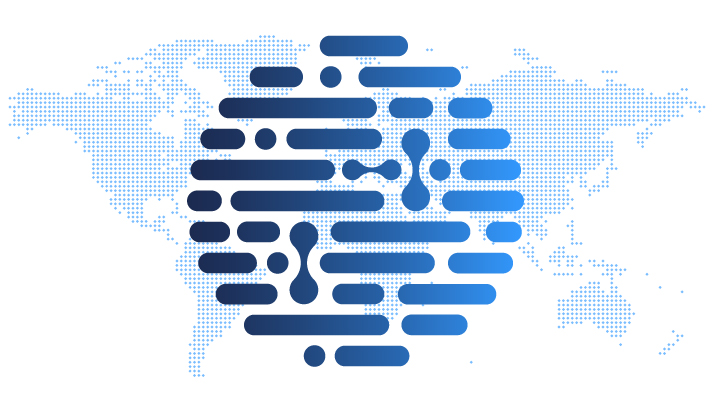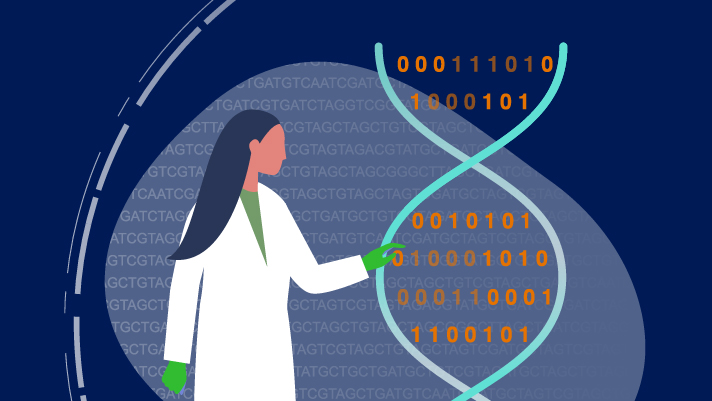Artificial intelligence and machine learning becoming pervasive at NHGRI and in genomics
Happy New Year to you and yours!
We start off the new year with good budgetary news and profound gratitude to the U.S. Congress for providing NIH and NHGRI a healthy Fiscal Year 2023 budget. Specifically, NIH received a roughly 5.6% increase, while NHGRI received a roughly 3.8% increase. The latter will help provide the fuel we need for bringing another year of spectacular NHGRI-supported genomics breakthroughs!
Meanwhile, let’s also start the new year with some simple questions. First: what is 2,023 minus 2,003? Answer: 20! Why this calculation and what is significant about the number 20? Well, 2023 will bring the 20th anniversary of the completion of the Human Genome Project — in April, to be precise. Second: do you think that NHGRI will make a big deal out of this 20th anniversary? Answer: you bet your base pairs we will! Stay tuned and start designing your DNA-themed party hat to wear at any various April 2023 celebratory events. Just imagine that — 20 years since the end of the Human Genome Project!
Finally, I encourage you to register for and watch the upcoming roundtable on the promise and perils of social genomics, which will be held on Wednesday, January 25, 2023. The event will feature academic and scholarly perspectives about multiple issues related to complex areas of social and behavioral genomics.
All the best,
![]()
In This Issue
- Artificial intelligence and machine learning becoming pervasive at NHGRI and in genomics
- Global Biodata Coalition designates first set of most critical data resources
- New NIH research funding opportunities to expand the use of All of Us data
- Genomics powerhouses retire from NHGRI
- New spotlight features investigator-initiated research
Genomics Research Spotlight
Rare and common genetic determinants of metabolic individuality and their effects on human health
Surendran et al.
Nat Med 28: 2321–2332, 2022. PMC9671801
Among its many roles, human DNA encodes for proteins that are responsible for metabolizing (e.g., chemically processing or breaking down) molecules such as carbohydrates, fats, medications, and even other proteins. Human DNA, however, is not identical among all people, and the small differences among human genomes (i.e., genomic variants) can lead to differences in how people metabolize (e.g., chemically process) innate and foreign substances. In some cases, these metabolic changes can impact physical traits such as risk of disease or drug toxicity. In this paper (Surendren et al., 2022), researchers identified variants in over 300 regions of peoples’ DNA that resulted in measured differences in metabolism. For many of these regions, they were able to identify a likely causal gene that encodes the metabolizing protein. These findings provide new insights with relevance to health, including discovery of proteins that are potentially related to adverse drug effects or other health outcomes.
This research was supported by multiple sources in the UK and the US, including a grant from the NHGRI Extramural Research Program to Eric Gamazon, Ph.D., who is a faculty member in the Vanderbilt Genetics Institute; that grant is part of the Investigator-Initiated Research in Computational Genomics and Data Science Grant Program (PAR-18-844).
About The Genomics Landscape
A monthly update from the NHGRI Director on activities and accomplishments from the institute and the field of genomics.
Last updated: January 5, 2023





